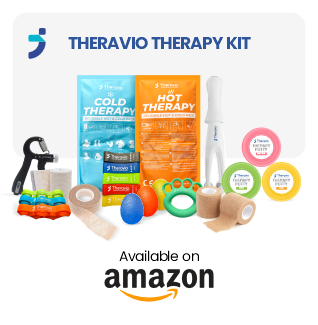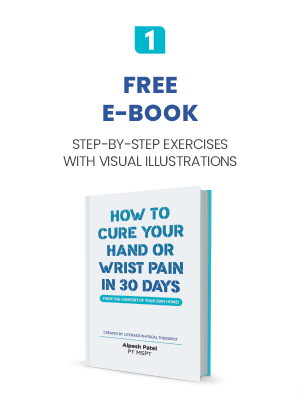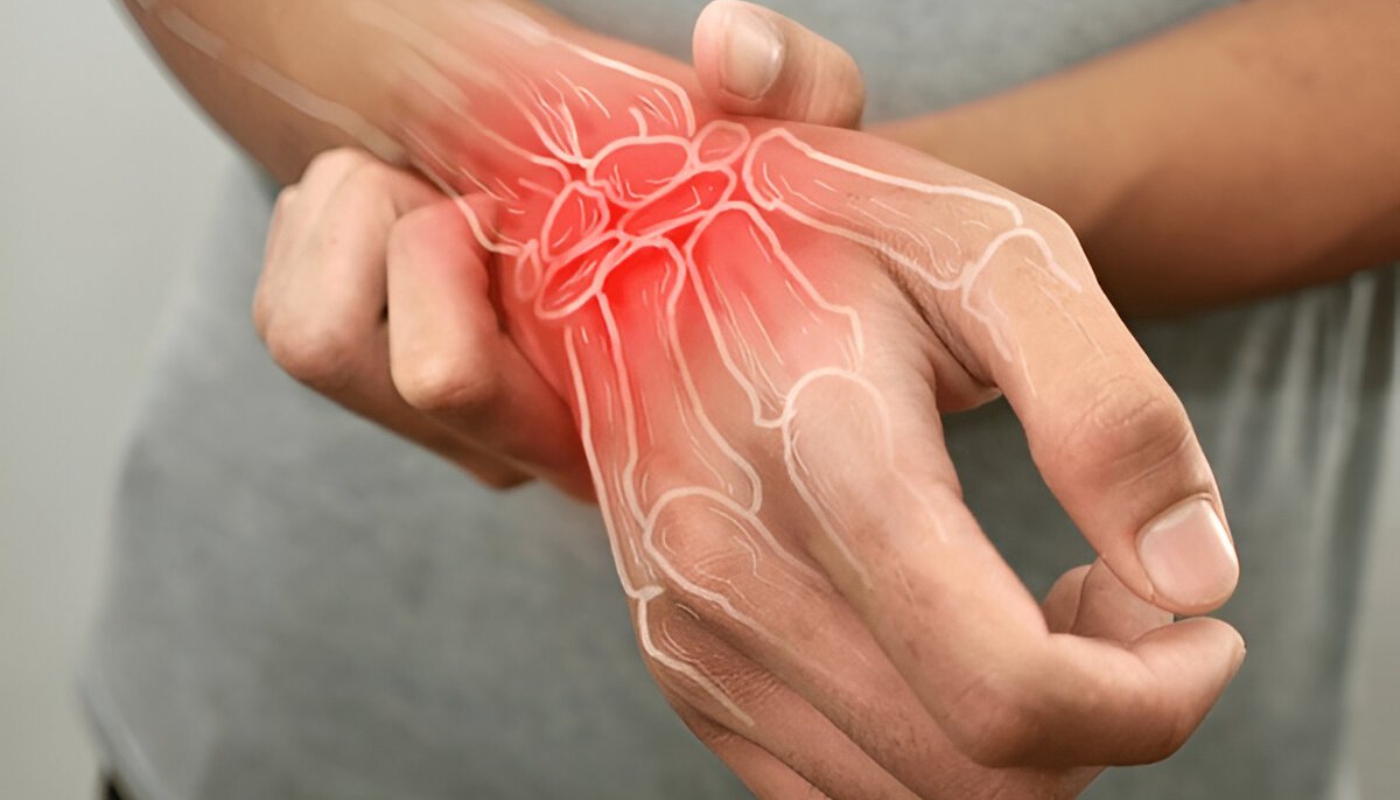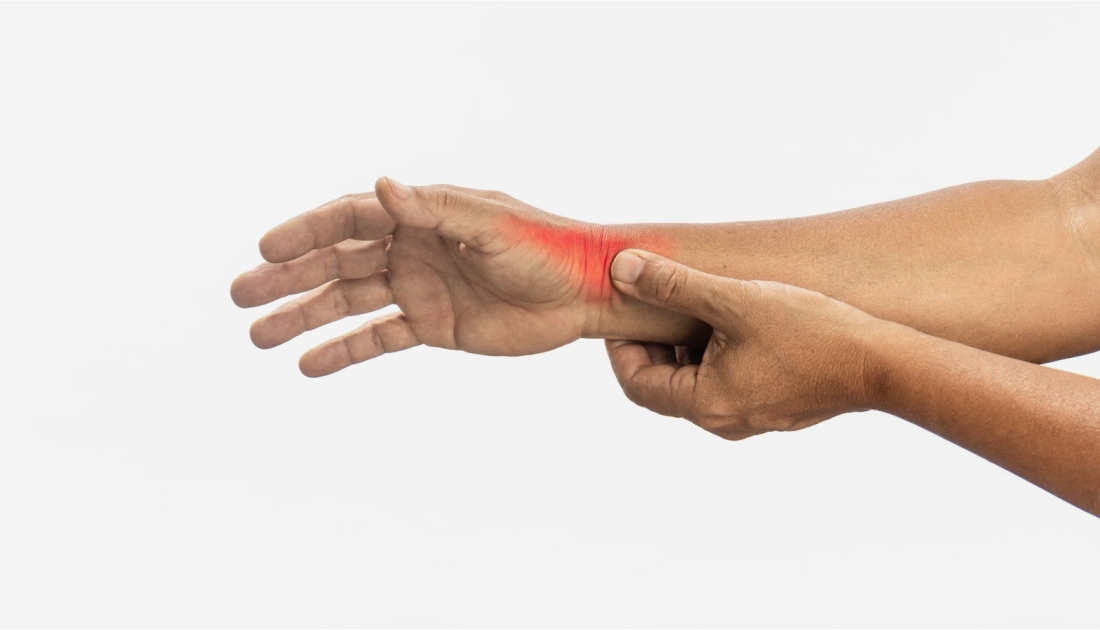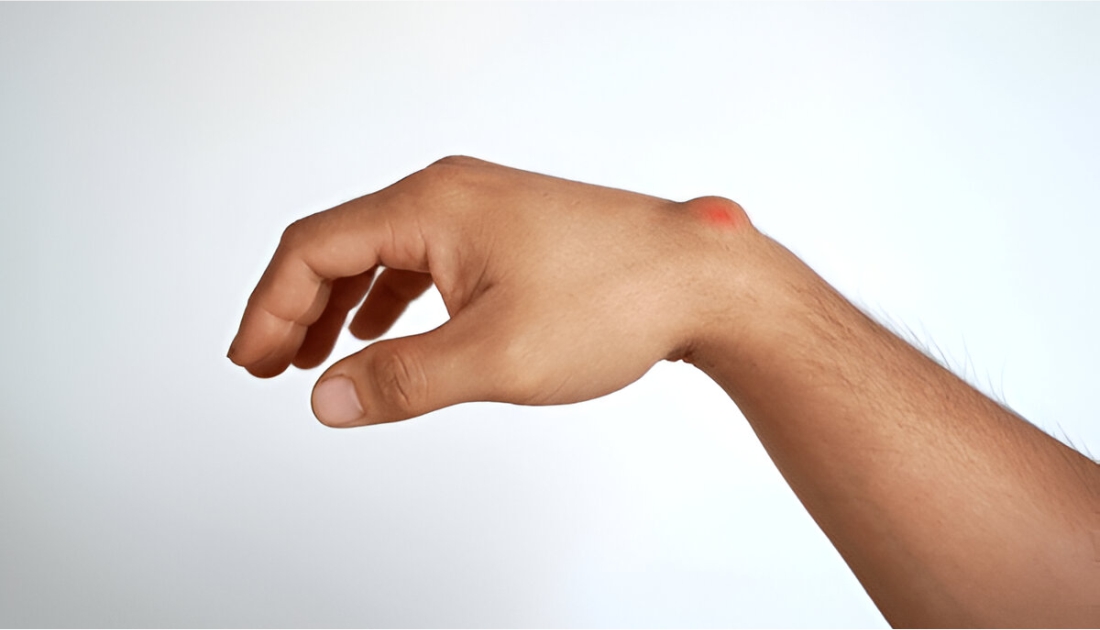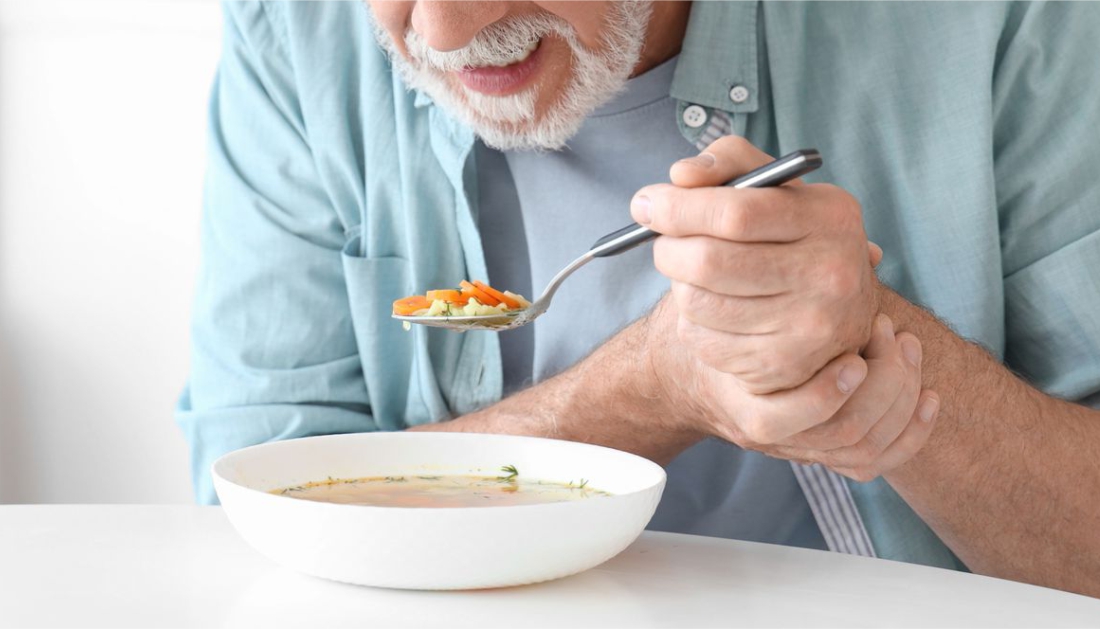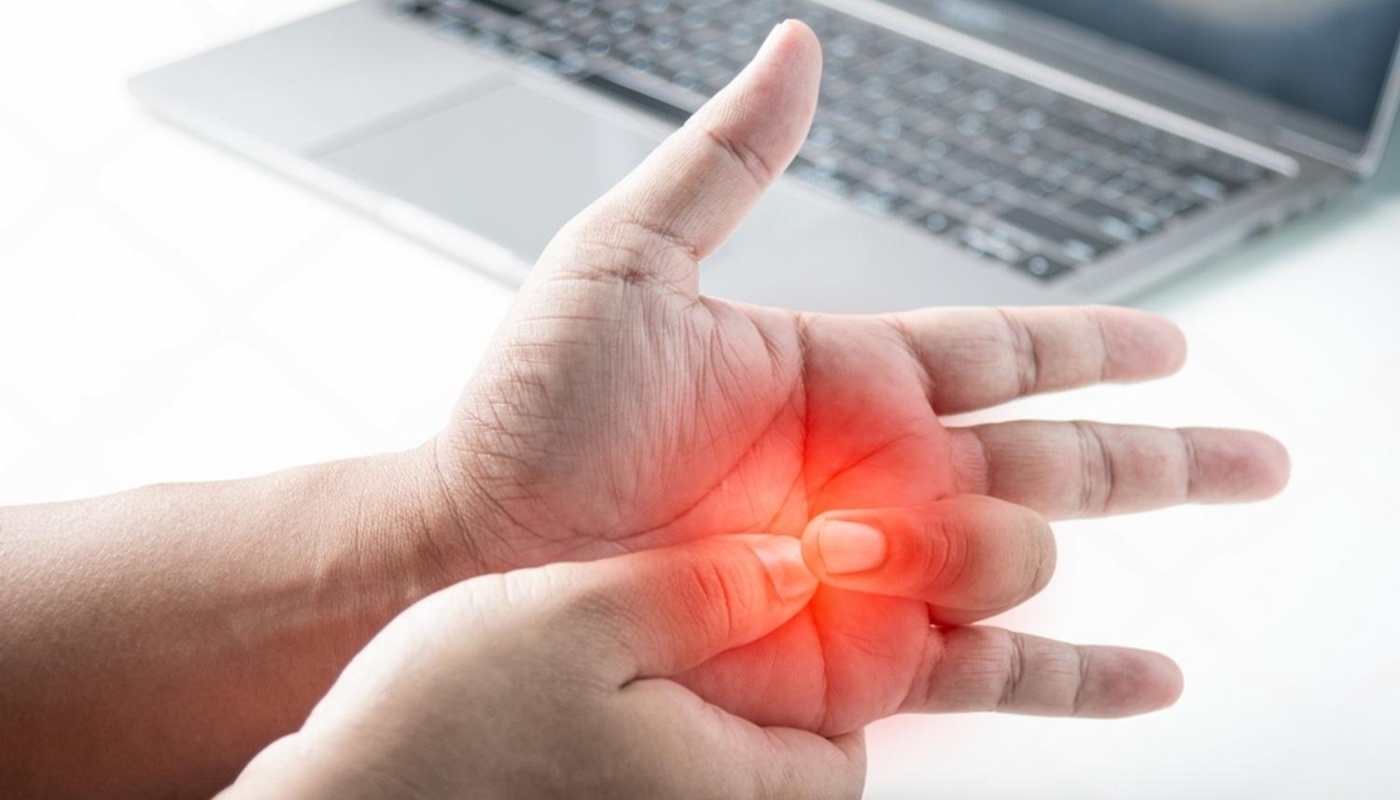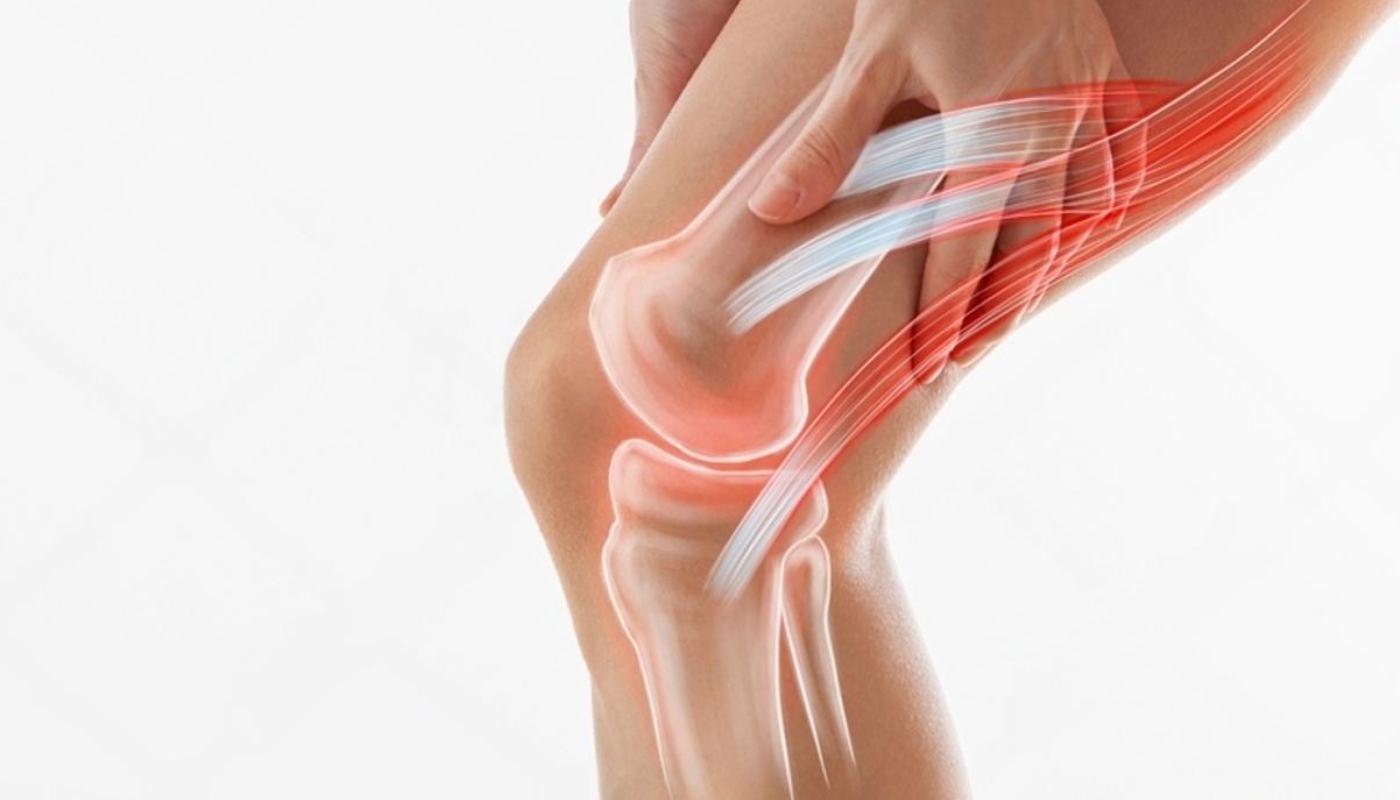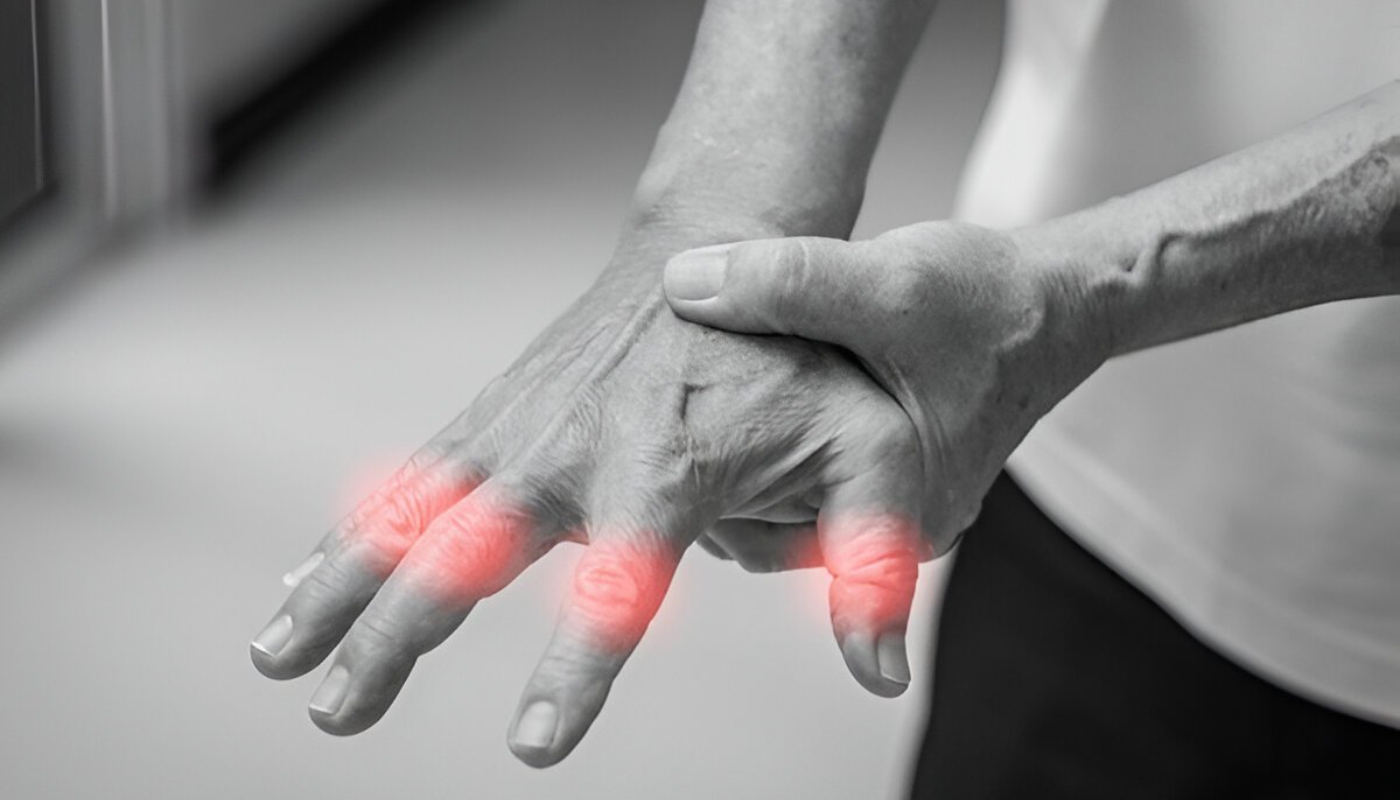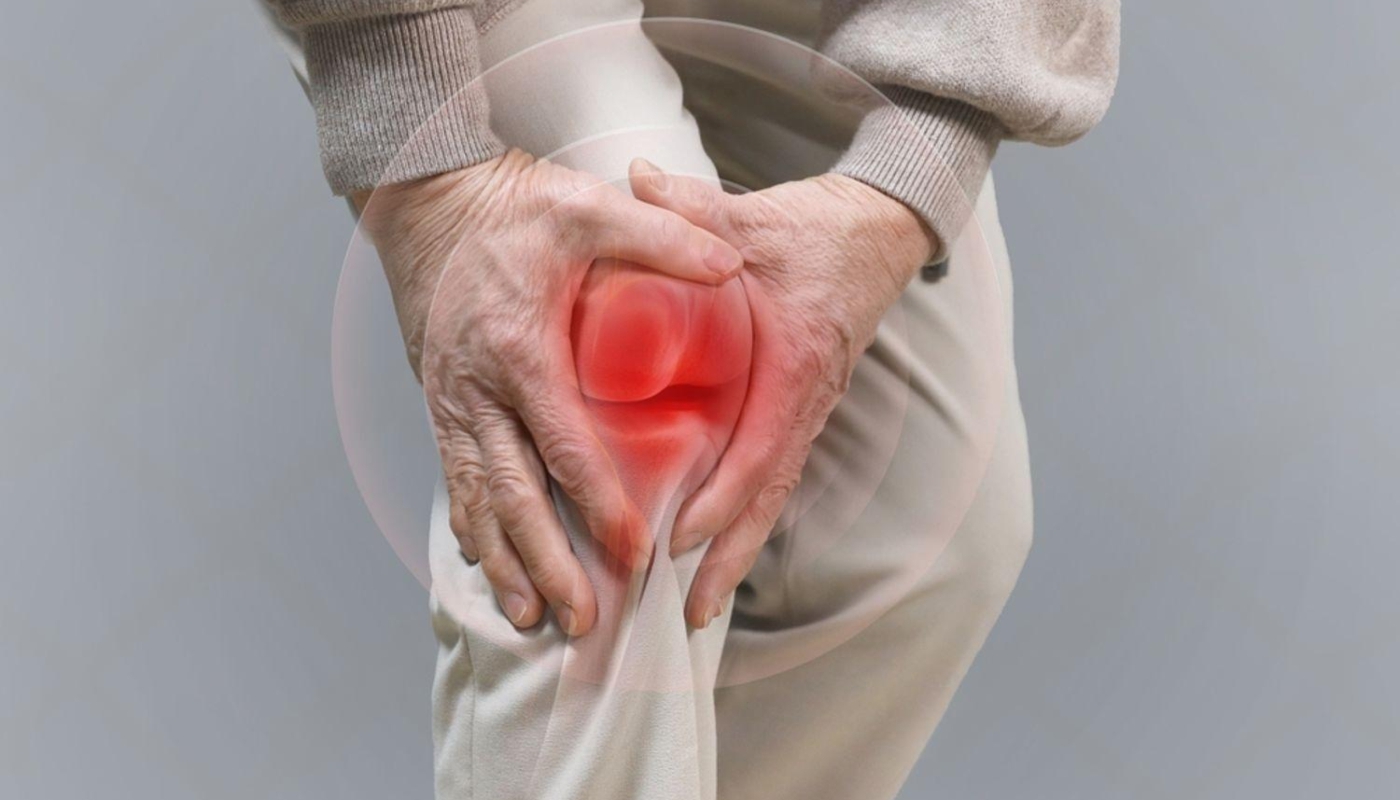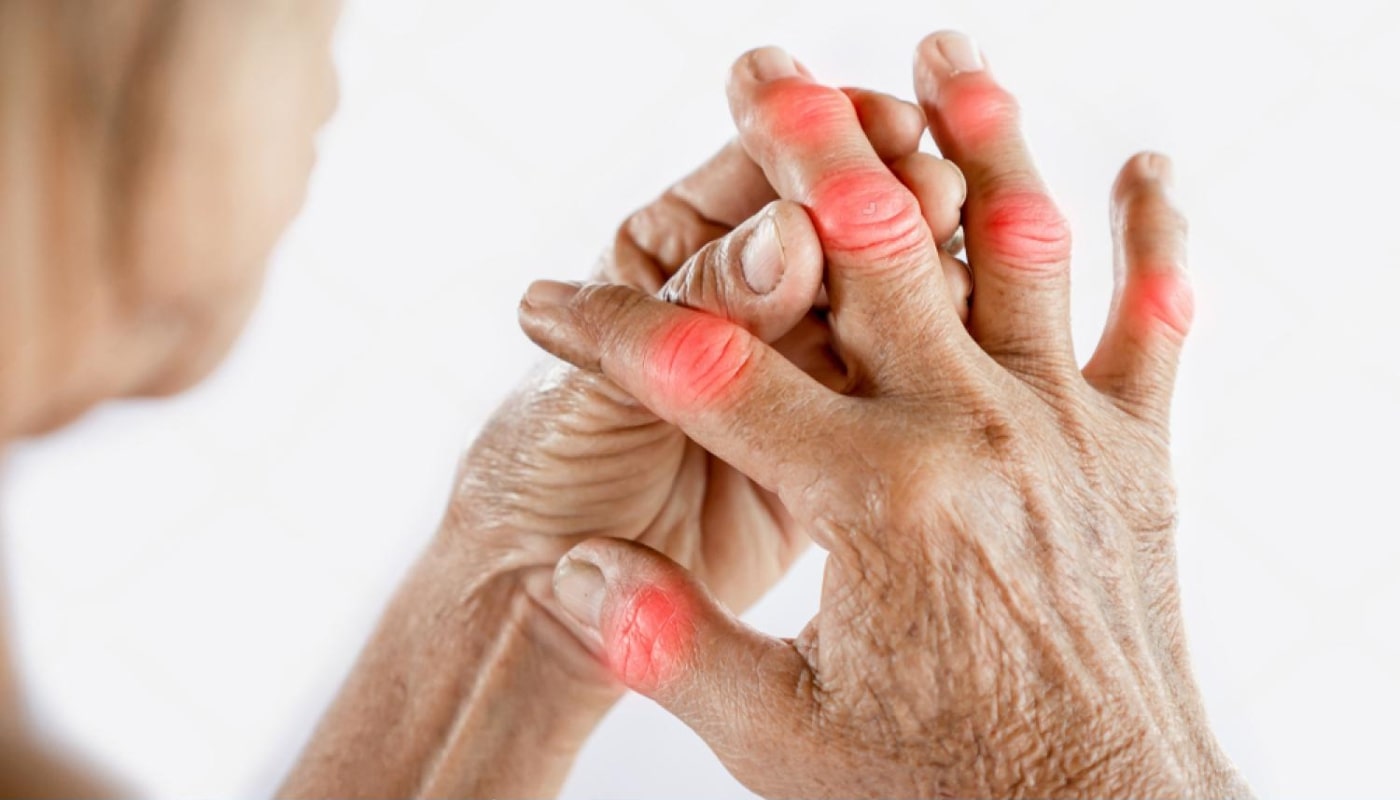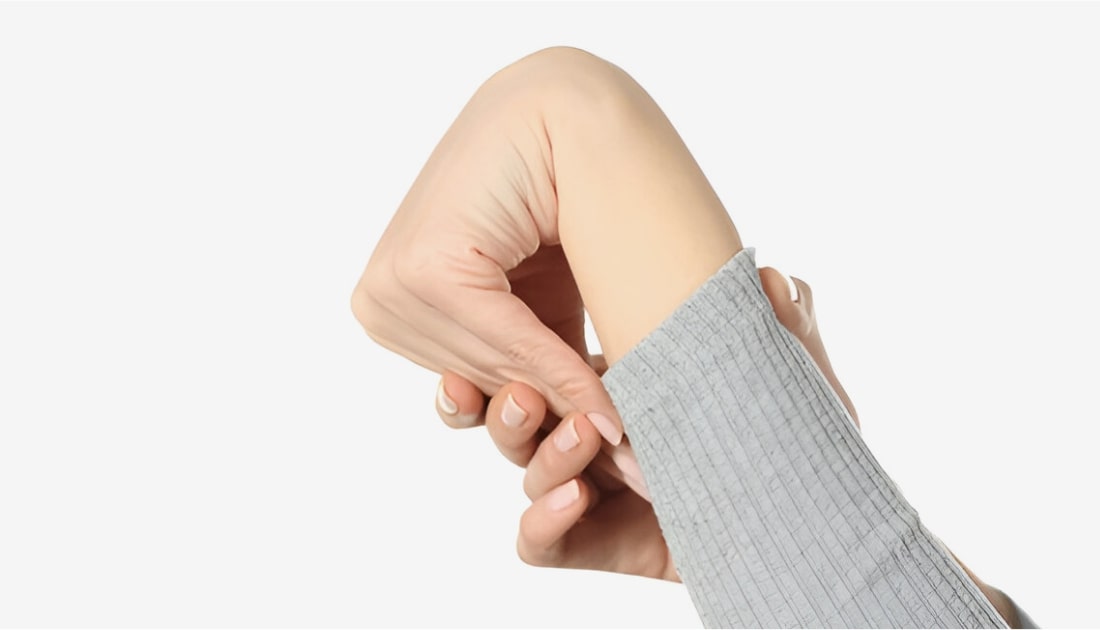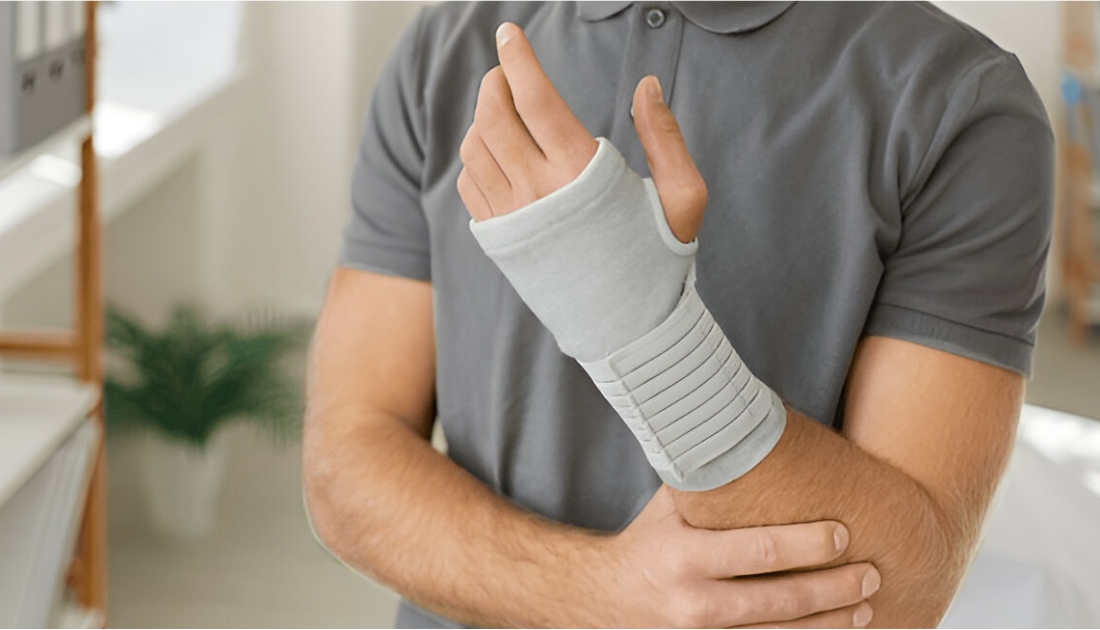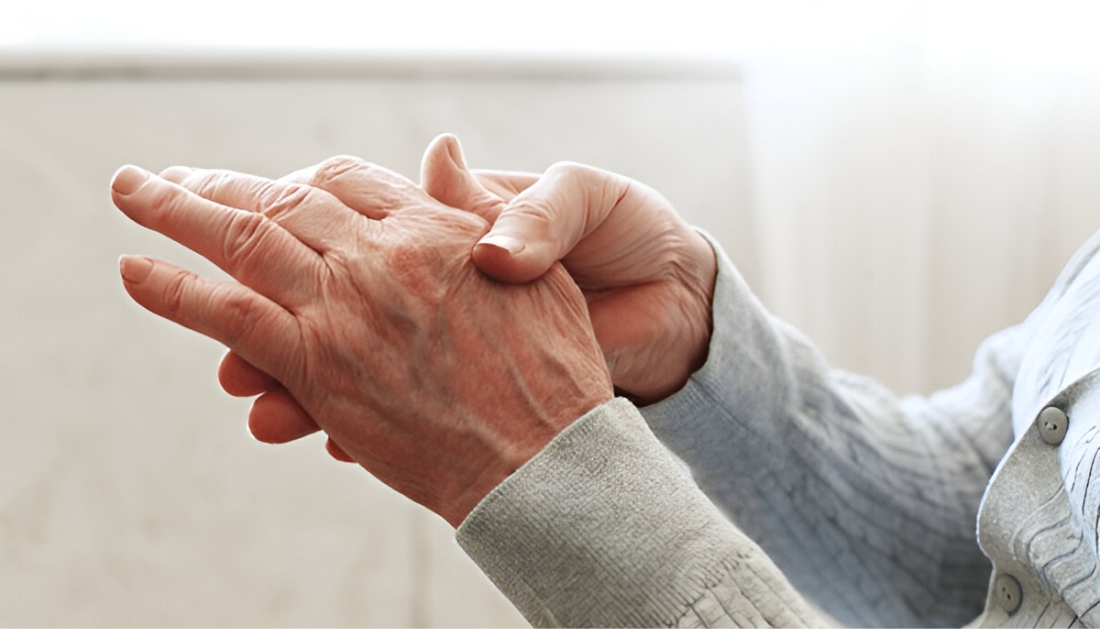Recovering from hand surgery can be a challenging journey, yet understanding the post-surgery hand recovery process is crucial for a successful outcome. Adequate knowledge about what to expect can help alleviate anxiety and set realistic goals for your rehabilitation.
Initially, your recovery will focus on managing pain and minimizing swelling. This often involves the use of medications prescribed by your healthcare provider, alongside techniques such as ice therapy. It's important to follow your doctor's guidelines strictly during this phase to ensure optimal healing.
As you progress, rehabilitation exercises will play a vital role in regaining strength and mobility. Engaging in gentle range-of-motion exercises is essential to prevent stiffness and maintain flexibility. Your physical therapist may recommend specific exercises tailored to your individual needs, ensuring a comprehensive approach to your recovery.
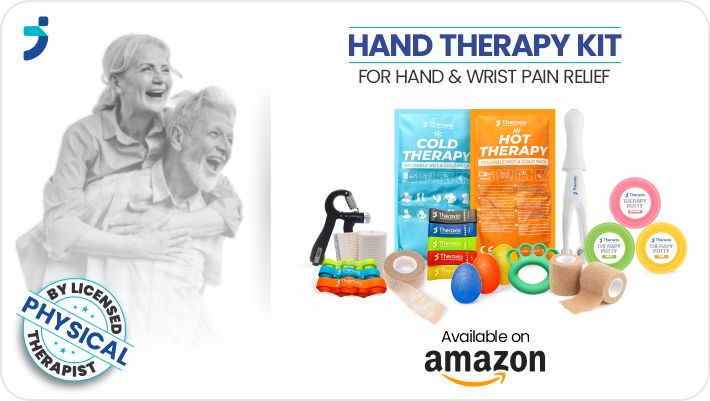
In addition to physical rehabilitation, it’s important to practice self-care strategies. This includes maintaining a healthy diet to support healing, staying hydrated, and getting sufficient rest. A well-rounded recovery plan encompasses both physical and mental well-being, promoting a faster return to your daily activities.
To assist you on this journey, explore our range of rehabilitation tools designed to enhance your post-surgery hand recovery. Visit theravio.com today for more information!
Importance of Following Rehabilitation Guidelines
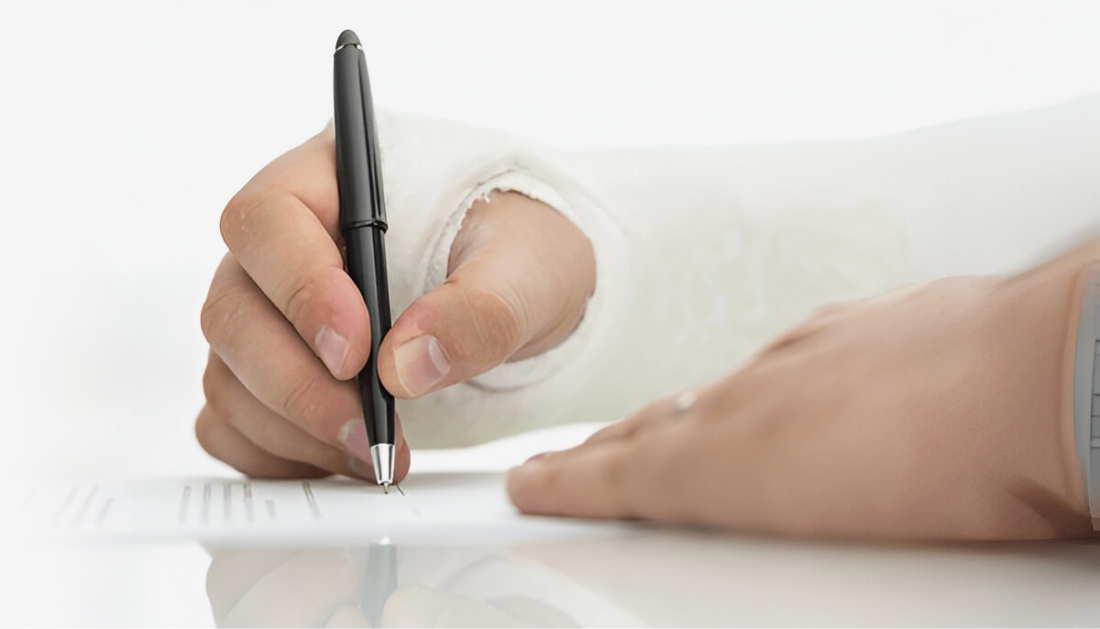
After hand surgery, adhering to rehabilitation guidelines is not just beneficial; it is essential for a successful recovery. These guidelines are designed by healthcare professionals to ensure that patients regain optimal function and strength while minimizing the risk of complications.
One primary reason to follow rehabilitation guidelines is to prevent complications. Skipping prescribed exercises or resuming daily activities too quickly can lead to issues such as stiffness, swelling, or even re-injury. By adhering to the recommended timeline and activities, patients can effectively avoid setbacks.
Additionally, these guidelines provide a structured framework for recovery. They typically outline specific exercises, timelines for progression, and techniques to manage pain. This structured approach can help motivate patients to stay committed to their recovery journey, as they can clearly see their progress over time.
Moreover, following these guidelines ensures that rehabilitation is tailored to each individual's needs. Healthcare professionals consider various factors, including the type of surgery, the patient's age, and overall health, to create a personalized recovery plan. This individualized attention maximizes the effectiveness of the rehabilitation process.
In summary, the importance of following rehabilitation guidelines cannot be overstated. They serve as a roadmap for recovery, helping patients navigate the complexities of post-surgery hand rehabilitation while promoting healing and restoring functionality.
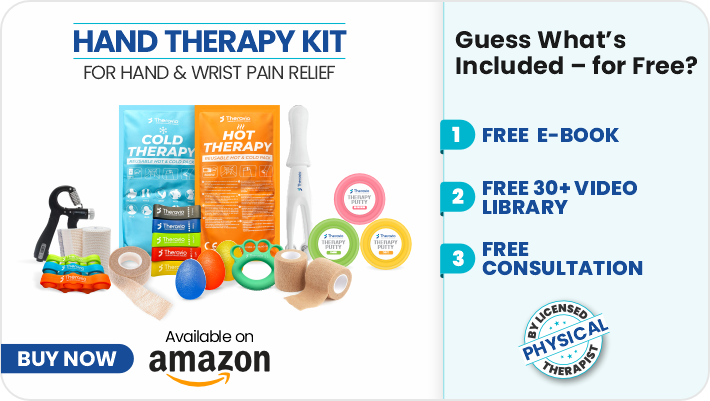
Effective Pain Management Techniques After Surgery
Effective pain management is a critical component of post-surgery hand recovery. Managing pain not only enhances comfort but also facilitates a more active participation in rehabilitation exercises, which are essential for recovery. Here are some proven techniques to help manage pain effectively after hand surgery:
- Medications: Over-the-counter pain relievers, such as ibuprofen or acetaminophen, can be effective in managing mild to moderate pain. For more severe pain, doctors may prescribe stronger medications. It’s important to follow the prescribed dosage and consult your healthcare provider regarding any side effects.
- Cold Therapy: Applying ice packs to the surgical site can help reduce swelling and numb the area, providing significant pain relief. It’s generally recommended to ice the area for 15-20 minutes every hour as needed during the initial days post-surgery.
- Elevation: Keeping the hand elevated above heart level can help minimize swelling and reduce pain. Using pillows or cushions can make this more comfortable and effective.
- Gentle Movement: While rest is crucial, engaging in gentle, prescribed movements can help alleviate stiffness and promote circulation. Following your rehabilitation guidelines closely will ensure that you are moving safely and effectively.
- Mindfulness and Relaxation Techniques: Techniques such as deep breathing, meditation, or guided imagery can help manage pain by reducing stress and promoting relaxation. Incorporating these practices into your daily routine can enhance your overall sense of well-being.
By utilizing a combination of these techniques, patients can achieve better control over their pain, making the recovery process smoother and more manageable. Remember, always consult with your healthcare provider before starting any new pain management methods to ensure they are suitable for your specific situation.
Recommended Exercises for Hand Recovery
Incorporating the right exercises into your post-surgery hand recovery plan is essential for restoring strength, flexibility, and functionality. It's crucial to begin these exercises only after receiving clearance from your healthcare provider. Here are some recommended exercises that can help promote recovery:
- Finger Flexion and Extension: Start by gently bending and straightening each finger. This exercise helps improve mobility and prevents stiffness. Perform this 10-15 times for each finger, ensuring you do not experience pain.
- Grip Strengthening: Using a soft stress ball or a hand therapy putty, gently squeeze and release to enhance grip strength. Start with light resistance and gradually increase as your hand becomes stronger. Aim for 10-15 repetitions.
- Wrist Rotations: With your elbow bent at 90 degrees, rotate your wrist in a circular motion clockwise and then counter-clockwise. This exercise helps improve range of motion in the wrist. Do this for 10-15 rotations in each direction.
- Finger Abduction: Place your hand flat on a table and gently spread your fingers apart, then bring them back together. This helps to enhance the coordination and strength of the finger muscles. Repeat for 10-15 times.
- Thumb Opposition: Touch the tip of each finger with your thumb, one at a time. This exercise not only aids in improving thumb mobility but also enhances coordination and dexterity. Perform this exercise 10-15 times.
Remember to listen to your body and adjust the intensity of these exercises based on your comfort level. Gradually increasing the difficulty as your hand recovers will help you regain full functionality. Always consult with your physical therapist or healthcare provider for personalized recommendations tailored to your specific needs.
Nutrition Tips to Support Healing
Nutrition plays a vital role in the post-surgery hand recovery process. A well-balanced diet can significantly enhance your body's ability to heal, reduce inflammation, and support overall recovery. Here are some key nutrition tips to consider:
- Prioritize Protein: Protein is essential for tissue repair and muscle rebuilding. Incorporate lean sources of protein such as chicken, fish, beans, and lentils into your diet. Aim for adequate protein intake to support your healing process.
- Include Anti-Inflammatory Foods: Foods rich in omega-3 fatty acids, like salmon, walnuts, and flaxseeds, as well as fruits and vegetables high in antioxidants, such as berries, spinach, and kale, can help reduce inflammation and promote healing.
- Stay Hydrated: Proper hydration is crucial for recovery. Drinking enough water helps transport nutrients to your cells and supports overall bodily functions. Aim for at least 8-10 cups of water daily, adjusting for activity level and climate.
- Consume Vitamins and Minerals: Nutrients such as vitamin C, vitamin D, calcium, and zinc are important for healing. Foods like citrus fruits, dairy products, leafy greens, and nuts can help ensure you’re getting these essential vitamins and minerals.
- Avoid Processed Foods: Limiting processed foods high in sugar and unhealthy fats can support your recovery. These foods can lead to inflammation and slow down the healing process, so focus on whole, nutrient-dense options.
Remember that proper nutrition not only supports your physical recovery but also contributes to your emotional well-being. Taking the time to nourish your body can make a significant difference in your journey to recovery. Consult with a healthcare provider or nutritionist for personalized dietary recommendations tailored to your specific needs.
When to Seek Professional Help During Recovery
During your post-surgery hand recovery, it is crucial to monitor your progress and know when to seek professional help. While some discomfort and challenges are normal, certain signs may indicate the need for additional medical intervention or support. Here are key indicators to look out for:
- Persistent Pain: If you experience severe pain that does not improve with rest, medication, or prescribed therapies, it’s essential to consult your healthcare provider. This may indicate complications that require attention.
- Swelling or Inflammation: Some swelling is expected after surgery, but if you notice excessive swelling that does not subside or worsens over time, it could signal an issue such as infection or improper healing.
- Loss of Function: If you find it challenging to move your fingers or hand as directed in your rehabilitation plan, or if you experience numbness or tingling, seek professional advice to evaluate your physical function.
- Infection Signs: Watch for symptoms of infection, such as redness, warmth, increased pain, or discharge from the surgical site. These require immediate medical attention to prevent further complications.
- Emotional Distress: Recovery can be emotionally taxing. If you find yourself feeling overwhelmed, anxious, or depressed, do not hesitate to talk to a mental health professional who can provide the support you need.
Staying informed about your recovery and recognizing when to seek help can make a significant difference in your healing journey. Visit Theravio for resources and tools to assist you in your recovery process and enhance your well-being.



